Project LFX
Design Principles

Better together
We spend most of our lives staring at glass rectangles. Phones and computers typically distract and divide us. These singular portals connect us virtually to the world at large, but they also separate us mentally from the people & surroundings that are physically present.
Similarly, AR phones and headsets are designed for the individual, enabling secluded and secretive experiences. At Lightform, we want to build shared interfaces that bring the people in the room together. Projection is inherently a shared experience as everyone in the room has the same view of the same information.
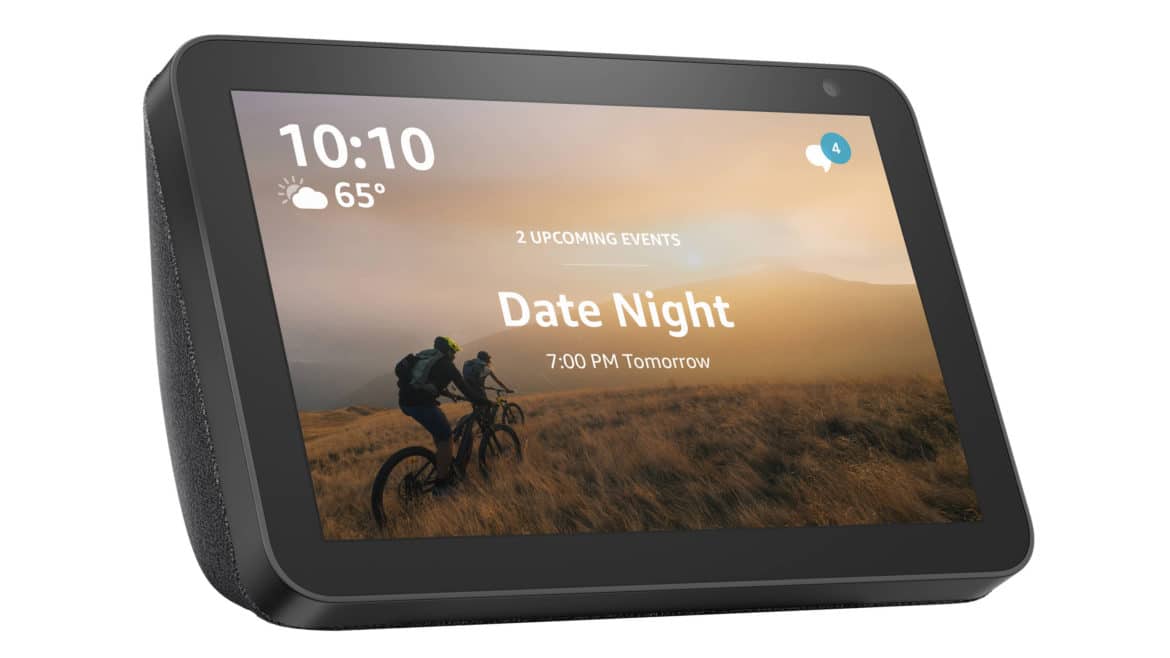
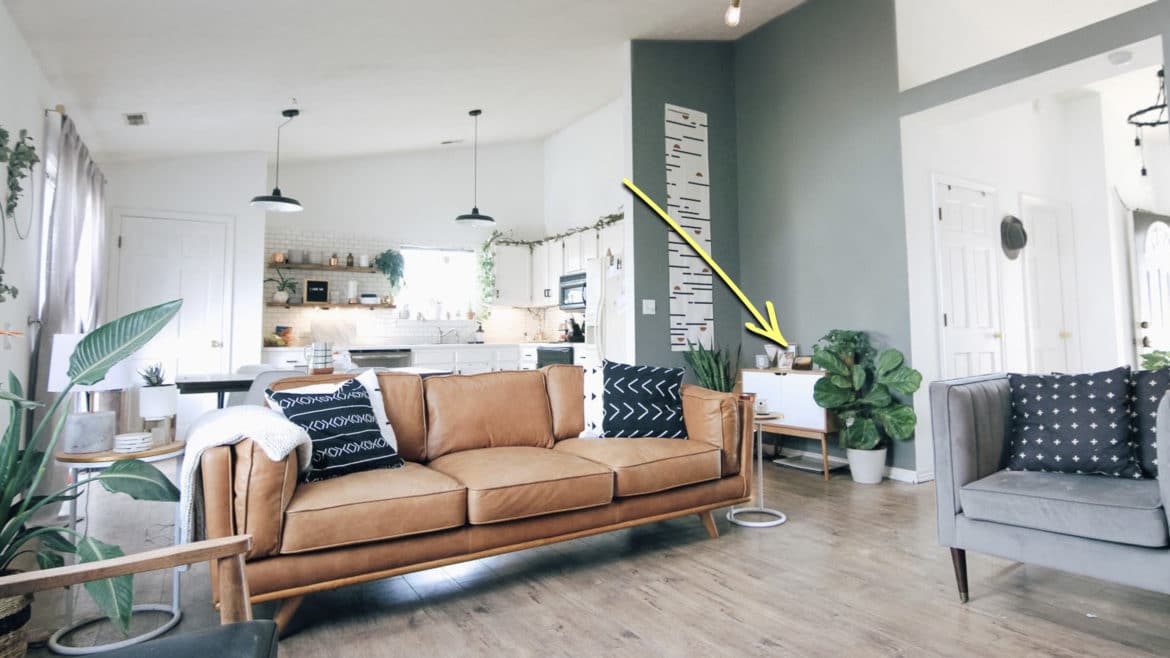
Voice input needs display
Voice interfaces like Alexa & Google Assistant are great because they are always available and helpful for answering simple questions like “what’s the weather”. But they are frustrating for more complex interactions like shopping or browsing for music. In order for voice input to be as useful as our laptops or phones, it needs a display.
Now, you can buy smart displays like the Amazon Echo Show & Google Home Hub which have voice interfaces and a display. But these small screens aren’t viewable from across the room, so they aren’t much help.

Ambient & calm
By creating permanent ambient interfaces, we can stay informed while remaining focused on our physical surroundings and loved ones in the room.
Life should be magical
We think that life should be a little more magical. Animating our spaces transforms and imbues them with personality.
When digital content dynamically adapts to the real world, it confuses what is real vs. illusion, firing new and unique connections in our brains. These extraordinary connections enable us to experience the world around us in a more magical way.

Instant & ubiquitous
We use our phones so often because they are always within our immediate reach. We want control and instant access to information.
We wear smartwatches because sometimes reaching into our pocket for our phone is just too slow. We crave instant interactions and gratification.If projected interfaces are to become more valuable than the phone, they need to remain within reach with an interface that follows the user throughout the space. They need to stay on, ready to respond at a moment’s notice.

Interaction at a distance
Projected interfaces should be unique from traditional screen interactions on a phone or computer, and not just a poor copy of screen-based interactions. We deliberately focused on non-touch related forms of input in the design. Multitouch is not very accurate when driven by depth sensors that are located far away from the surface. Touch input requires the user to be close to the content, which leads to shadows.
Instead of having coarse and un-reliable multi-touch far worse than your phone, we leverage forms of interactivity enabled by voice input and remote control. In the future, important surfaces could be activated with multi-touch via dedicated touch input sensors located on the plane.
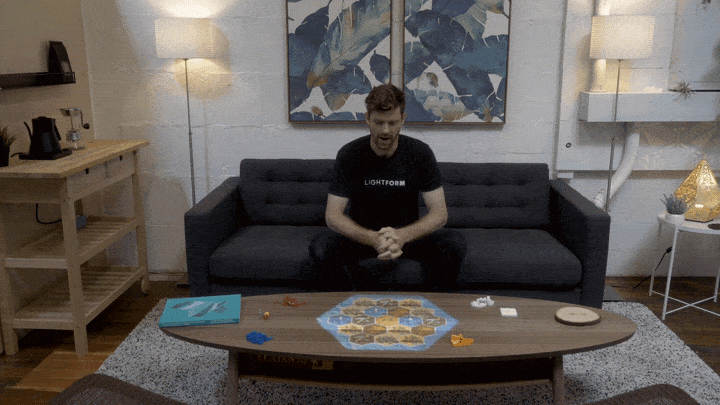
High contrast works anywhere
One of the main issues with projection is ambient light washing out the display. We designed the content in our prototypes to be high contrast in color and brightness, often with white on a black/non-existent background.
This makes the content visible in almost any room lighting, and on almost any surface. Obviously, projected interfaces won’t work on reflective, transparent, or black surfaces.
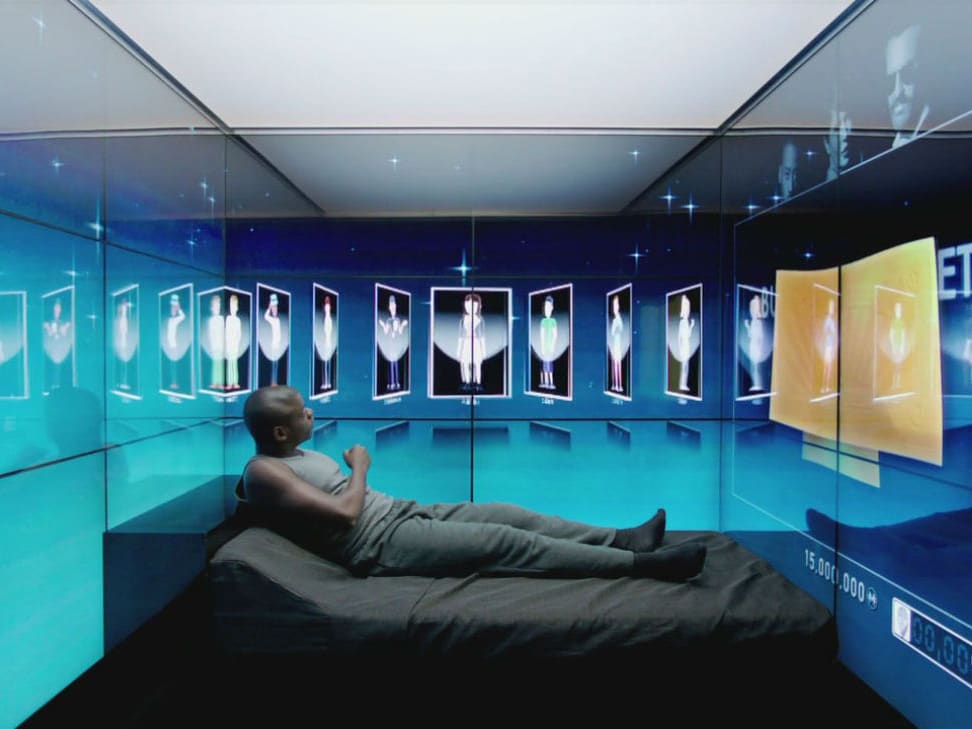
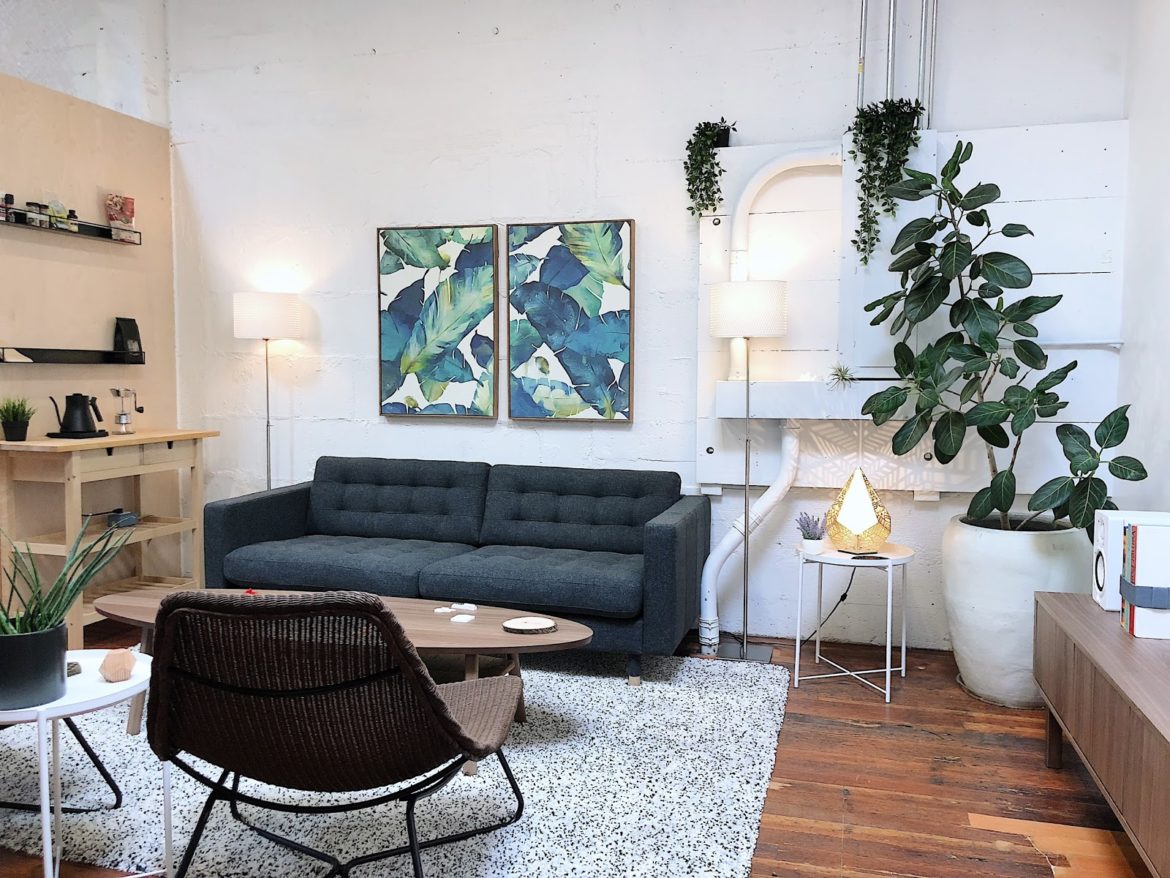
Technology should disappear
Which future do you want to live in? On the left, the TV show Black Mirror depicts a future where displays & virtual reality take over our living spaces. On the right, we show the LFX concept room with the projection off.
Technology should be made to disappear, and the design of our analog real world environment should come first.